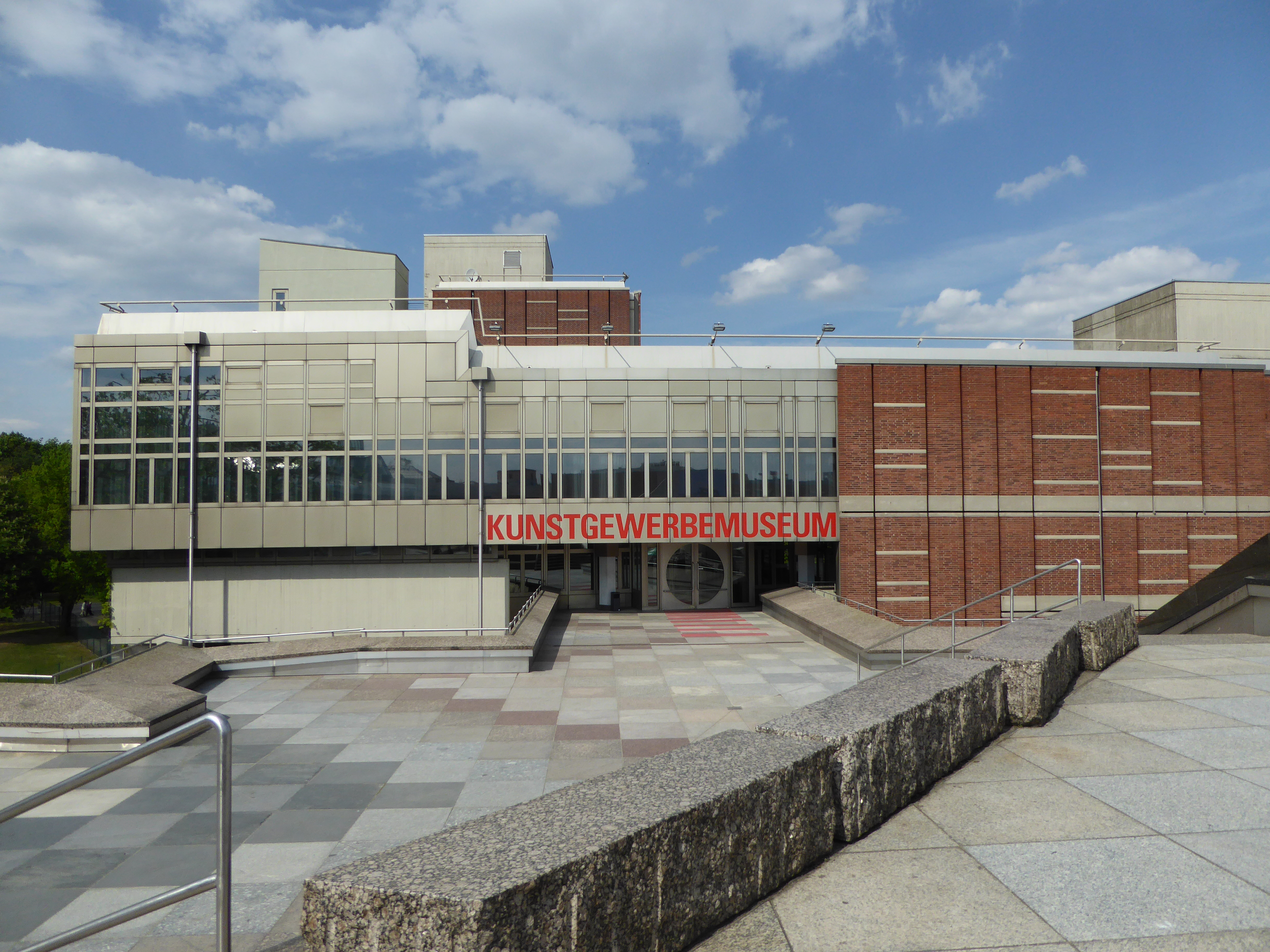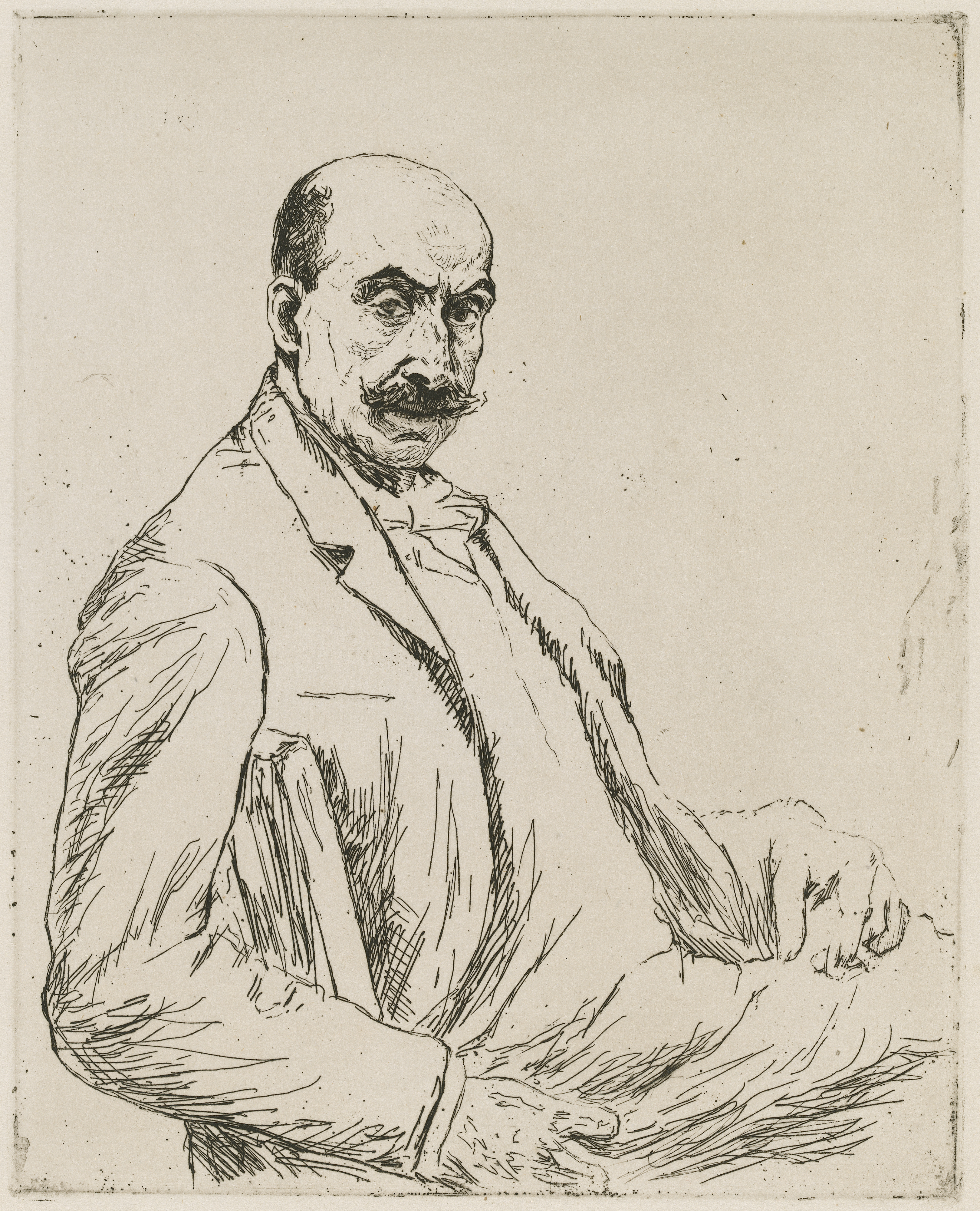|
Eva Stort
Eva Stort (1855-1936) was a German painter. Biography Stort was born on 1 February 1855 in Berlin, Germany. She studied at the Kunstgewerbemuseum Berlin. Her teachers included Karl Stauffer-Bern and Max Liebermann. She was a member of ''Verein der Berliner Künstlerinnen'' (Association of Women Artists in Berlin). Her work was included in the exhibitions of the Berlin Secession. She died on 31 January 1936 in Berlin. Her work is in the collection of the Staatsgalerie Stuttgart The Staatsgalerie Stuttgart (, "State Gallery") is an art museum in Stuttgart, Germany, it opened in 1843. In 1984, the opening of the Neue Staatsgalerie (''New State Gallery'') designed by James Stirling transformed the once provincial gallery .... Gallery File:Eva Stort - Frühlingsbäume.jpg, ''Frühlingsbäume'' Eva Stort – Haus am Badden.jpg, ''Haus am Badden'' References External links * {{DEFAULTSORT:Stort, Eva 1855 births 1936 deaths Artists from Berlin 20th-century German women ... [...More Info...] [...Related Items...] OR: [Wikipedia] [Google] [Baidu] |
Berlin
Berlin ( , ) is the capital and largest city of Germany by both area and population. Its 3.7 million inhabitants make it the European Union's most populous city, according to population within city limits. One of Germany's sixteen constituent states, Berlin is surrounded by the State of Brandenburg and contiguous with Potsdam, Brandenburg's capital. Berlin's urban area, which has a population of around 4.5 million, is the second most populous urban area in Germany after the Ruhr. The Berlin-Brandenburg capital region has around 6.2 million inhabitants and is Germany's third-largest metropolitan region after the Rhine-Ruhr and Rhine-Main regions. Berlin straddles the banks of the Spree, which flows into the Havel (a tributary of the Elbe) in the western borough of Spandau. Among the city's main topographical features are the many lakes in the western and southeastern boroughs formed by the Spree, Havel and Dahme, the largest of which is Lake Müggelsee. Due to its l ... [...More Info...] [...Related Items...] OR: [Wikipedia] [Google] [Baidu] |
Kunstgewerbemuseum Berlin
__NOTOC__ The Kunstgewerbemuseum, or Museum of Decorative Arts, is an internationally important museum of the decorative arts in Berlin, Germany, part of the Staatliche Museen zu Berlin (Berlin State Museums). The collection is split between the Kunstgewerbemuseum building at the Kulturforum and Köpenick Palace History It was founded in 1868 as the ''Deutsches Gewerbe-Museum zu Berlin'', and originally had a teaching institute as well as a public museum. The collection grew significantly in the 1870s, and it was renamed ''Kunstgewerbemuseum'' in 1879. In 1881 it relocated into the Martin-Gropius-Bau – where Priam's Treasure was also on display for a time – and in 1921 it moved into the Stadtschloss.Heute mal Extremitäten Tobias Timm, '' |
Karl Stauffer-Bern
Karl Stauffer, known as Karl Stauffer-Bern (2 September 1857, Trubschachen – 24 January 1891, Florence) was a Swiss painter, etcher and sculptor. Life His father was a curate and pastor in Bern. He studied at the Academy of Fine Arts, Munich under Feodor Dietz and Ludwig von Löfftz. Later, he worked in Berlin as a portrait painter, where he had many notable people as subjects. Then, he studied etching and engraving with Peter Halm. He was also a teacher at the Berlin School for Women Artists, where his students included Käthe Kollwitz, Hedwig Weiß and Clara Siewert. In 1888, under the sponsorship of his patrons, the Welti family, he went to Rome to study sculpture. While there, he began an affair with Lydia Welti-Escher, daughter of Alfred Escher (railway magnate and co-founder of Credit Suisse) and wife of Friedrich Emil Welti, whose father was Emil Welti (a powerful government minister). The affair turned to love and a divorce from Welti was proposed, but he contact ... [...More Info...] [...Related Items...] OR: [Wikipedia] [Google] [Baidu] |
Max Liebermann
Max Liebermann (20 July 1847 – 8 February 1935) was a German painter and printmaker, and one of the leading proponents of Impressionism in Germany and continental Europe. In addition to his activity as an artist, he also assembled an important collection of French Impressionist works. The son of a Jewish banker, Liebermann studied art in Weimar, Paris, and the Netherlands. After living and working for some time in Munich, he returned to Berlin in 1884, where he remained for the rest of his life. He later chose scenes of the bourgeoisie, as well as aspects of his garden near Lake Wannsee, as motifs for his paintings. Noted for his portraits, he did more than 200 commissioned ones over the years, including of Albert Einstein and Paul von Hindenburg. Liebermann was honored on his 50th birthday with a solo exhibition at the Prussian Academy of Arts in Berlin, and the following year he was elected to the academy. From 1899 to 1911 he led the premier avant-garde formation in Germany ... [...More Info...] [...Related Items...] OR: [Wikipedia] [Google] [Baidu] |
Verein Der Berliner Künstlerinnen
The Verein der Berliner Künstlerinnen (English: Association of Berlin Artists) is the oldest existing association of women artists in Germany. It maintains the ''archive Verein der Berliner Künstlerinnen 1867 e. V.,'' publishes club announcements and catalogues, and every two years awards the Marianne Werefkin Prize to contemporary female artists. It thus cultivates cultural memory and promotes the current developments of contemporary artists. The 2007 award winner was the sculptor Paloma Varga Weisz. The archive of the association is used, among other things, as a source of dissertations, master's theses and diploma theses on individual artists and the position of artists in training and society. Data from the archive was used for works on Charlotte Berend-Corinth, Käthe Kollwitz, Jeanne Mammen, Paula Modersohn-Becker, Marg Moll, Elisabet Ney, Harriet von Rathlef-Keilmann, and Gertraud Rostosky. Since November 1, 2012, the club archive has been contracted to the Archive of th ... [...More Info...] [...Related Items...] OR: [Wikipedia] [Google] [Baidu] |
Berlin Secession
The Berlin Secession was an art movement established in Germany on May 2, 1898. Formed in reaction to the Association of Berlin Artists, and the restrictions on contemporary art imposed by Kaiser Wilhelm II, 65 artists "seceded," demonstrating against the standards of academic or government-endorsed art. The movement is classified as a form of German Modernism, and came on the heels of several other secessions in Germany, including Jugendstil and the Munich Secession. History Rise and reign of the Secession The upheavals that led to the formation of the Berlin Secession began in 1891 on the occasion of the Great International Art Exhibition in Berlin. A dispute began after the commission of the Association of Berlin Artists rejected images done by Edvard Munch. In May 1898, under the leadership of Walter Leistikow, Franz Skarbina and Max Liebermann, various artists converged to form a "free association for the organization of artistic exhibitions". This group was governed b ... [...More Info...] [...Related Items...] OR: [Wikipedia] [Google] [Baidu] |
Staatsgalerie Stuttgart
The Staatsgalerie Stuttgart (, "State Gallery") is an art museum in Stuttgart, Germany, it opened in 1843. In 1984, the opening of the Neue Staatsgalerie (''New State Gallery'') designed by James Stirling transformed the once provincial gallery into one of Europe's leading museums. Alte Staatsgalerie Originally, the classicist building of the ''Alte Staatsgalerie'' was also the home of the Royal Art School. The building was built in 1843. After being severely damaged in World War II, it was rebuilt in 1945-1947 and reopened in 1948. It houses the following collections: * Old German paintings 1300-1550 * Italian paintings 1300-1800 * Dutch paintings 1500-1700 * German paintings of the baroque period * Art from 1800-1900 (romanticism, impressionism) Neue Staatsgalerie The ''Neue Staatsgalerie'', a controversial architectural design by James Stirling, opened on March 9, 1984 on a site right next to the old building. It houses a collection of 20th-century modern art &mdas ... [...More Info...] [...Related Items...] OR: [Wikipedia] [Google] [Baidu] |
1855 Births
Events January–March * January 1 – Ottawa, Ontario, is incorporated as a city. * January 5 – Ramón Castilla begins his third term as President of Peru. * January 23 ** The first bridge over the Mississippi River opens in modern-day Minneapolis, a predecessor of the Father Louis Hennepin Bridge. ** The 8.2–8.3 Wairarapa earthquake claims between five and nine lives near the Cook Strait area of New Zealand. * January 26 – The Point No Point Treaty is signed in the Washington Territory. * January 27 – The Panama Railway becomes the first railroad to connect the Atlantic and Pacific Oceans. * January 29 – Lord Aberdeen resigns as Prime Minister of the United Kingdom, over the management of the Crimean War. * February 5 – Lord Palmerston becomes Prime Minister of the United Kingdom. * February 11 – Kassa Hailu is crowned Tewodros II, Emperor of Ethiopia. * February 12 – Michigan State University (the "pioneer" l ... [...More Info...] [...Related Items...] OR: [Wikipedia] [Google] [Baidu] |
1936 Deaths
Events January–February * January 20 – George V of the United Kingdom and the British Dominions and Emperor of India, dies at his Sandringham Estate. The Prince of Wales succeeds to the throne of the United Kingdom as King Edward VIII. * January 28 – Britain's King George V state funeral takes place in London and Windsor. He is buried at St George's Chapel, Windsor Castle * February 4 – Radium E (bismuth-210) becomes the first radioactive element to be made synthetically. * February 6 – The IV Olympic Winter Games open in Garmisch-Partenkirchen, Germany. * February 10– 19 – Second Italo-Ethiopian War: Battle of Amba Aradam – Italian forces gain a decisive tactical victory, effectively neutralizing the army of the Ethiopian Empire. * February 16 – 1936 Spanish general election: The left-wing Popular Front coalition takes a majority. * February 26 – February 26 Incident (二・二六事件, ''Niniroku Jiken''): The I ... [...More Info...] [...Related Items...] OR: [Wikipedia] [Google] [Baidu] |
Artists From Berlin
An artist is a person engaged in an activity related to creating art, practicing the arts, or demonstrating an art. The common usage in both everyday speech and academic discourse refers to a practitioner in the visual arts only. However, the term is also often used in the entertainment business, especially in a business context, for musicians and other performers (although less often for actors). "Artiste" (French for artist) is a variant used in English in this context, but this use has become rare. Use of the term "artist" to describe writers is valid, but less common, and mostly restricted to contexts like used in criticism. Dictionary definitions The ''Oxford English Dictionary'' defines the older broad meanings of the term "artist": * A learned person or Master of Arts. * One who pursues a practical science, traditionally medicine, astrology, alchemy, chemistry. * A follower of a pursuit in which skill comes by study or practice. * A follower of a manual art, such a ... [...More Info...] [...Related Items...] OR: [Wikipedia] [Google] [Baidu] |
19th-century German Women Artists
The 19th (nineteenth) century began on 1 January 1801 ( MDCCCI), and ended on 31 December 1900 ( MCM). The 19th century was the ninth century of the 2nd millennium. The 19th century was characterized by vast social upheaval. Slavery was abolished in much of Europe and the Americas. The First Industrial Revolution, though it began in the late 18th century, expanding beyond its British homeland for the first time during this century, particularly remaking the economies and societies of the Low Countries, the Rhineland, Northern Italy, and the Northeastern United States. A few decades later, the Second Industrial Revolution led to ever more massive urbanization and much higher levels of productivity, profit, and prosperity, a pattern that continued into the 20th century. The Islamic gunpowder empires fell into decline and European imperialism brought much of South Asia, Southeast Asia, and almost all of Africa under colonial rule. It was also marked by the collapse of the large ... [...More Info...] [...Related Items...] OR: [Wikipedia] [Google] [Baidu] |








